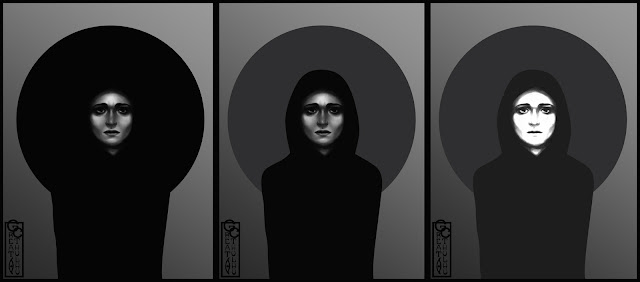#50BestTalks: Chefs as Agents of Change
#50BESTTALKS: CHEFS AS AGENTS OF CHANGE
B
Ahead of the World’s 50 Best Restaurants 2018 sponsored by S.Pellegrino and Acqua Panna in Bilbao, which you can live stream on Fine Dining Lovers on 19 June, the great and the good of the food world decamped along the coast to San Sebastian, specifically to the Basque Culinary Center,for the latest #50BestTalks event, this time the theme focused on ‘Life Cycle,’ with seven of the world’s best chefs reflecting on the journey of their food from conception to consumption.
What really emerged was the myriad ways in which the practices of some of the world's finest restaurants can trickle down to help improve the food system at large, whether that be teaching people how to eat more seasonally and locally, cut down on meat or simply getting them to eat out more and try new things.
We were also told that the next #50BestTalks event would be taking place in San Francisco on 12 September, on the theme of ‘Voices for change championing a diverse future.’ Here are some of the highlights of the latest #50BestTalks event.
CHEFS AS PART OF THE SOLUTION
Can chefs change the world? They can certainly help. The day kicked off with chefs Joan Roca, Eneko Atxa and Gaggan Anand talking about how they were using their knowledge to help tackle hunger through the Chefs for Change initiative in collaboration with Farm Africa. Chefs’ knowledge of preservation techniques and upcycling could be applied in parts of the developing world to improve food security we were told. “I consider myself a person before a chef,” said Eneko Atxa of the Azurmendi restaurant, “We have to work every day with responsibility.” The initiative will involve 25 different programs across 12 countries and the services of 50 different chefs. Find out more about it here.
Clare Smyth spoke of how it was chefs’ responsibility to help educate the public about the amazing things you can do with humbler ingredients. At Core, her first solo restaurant, in London, she is taking simple ingredients from British producers and elevating them to a luxury level. A case in point is the ‘Lamb carrot,’ a dish of carrot that is cooked confit in lamb neck fat: cooked on stage the auditorium filled with a deliciously meaty aroma and had many thinking about lunch. “I’m trying to change people’s ideas about what is good to eat,” said Smyth.
SEEDS OF CHANGE
Similarly, Dan Barber of New York State’s Blue Hill at Stone Barns feels that high end restaurants have the ability to effect changes in society at large, whether that’s chefs doing creative things with waste or moving away from a protein-centric plate. “I’m here to defend the fine dining restaurant as a laboratory of ideas,” he said. Barber’s big project at the moment is his seed company Row 7 Seeds, through which he is looking at ways to improve flavour at seed level. “The seeds are the architects, the blueprints,” he said. Astonishingly, 75% of crops have disappeared between 1900 and 2000 and Barber wants to take the company to mass market – “I want to be in Walmart!” We shouldn’t necessarily write off GMO he said, yet it had never produced anything delicious and so was no use to chefs. But now, with Row 7 Seeds, Barber feels, ”The marriage of deliciousness and flavour with technology is not impossible, it’s probable.”
WHY WE DO WHAT WE DO
Paul Pairet and Christina Tosi represent very different ends of the food spectrum: one is the chef of possibly the most avant garde restaurant in the world, Ultraviolet in Shanghai, while the other, maybe in the understatement of the day, describes herself as having "A very sweet tooth."
Tosi is much loved for her American comfort desserts at Milk Bar and told the crowd that her recent apperance on Chef's Table was her duty – a way to tell the story of pastry in Middle America. Tosi left Middle America for New York to become the best pastry chef she could be she said, reaching the upper echleons of high gastronomy at Wyle Dufresne's WD50, but later found herself coming back to her roots after falling out of love with fine dining dessert making: "When I looked down at myself I knew that my spirit was much more casual," she said.
For Pairet, Ultraviolet is best explained not by 'how,' but 'why' he said: "I wanted to get rid of all the constraints of a professional restaurant to cook at my best." Once you have control of taste, sight, sound, etc. you can control the atmosphere of a restaurant he said and as if to demonstrate just a pinch of the total control he enjoys at the nine-seater restaurant in Shanghai, he played a video of a chicken browning deliciously on a rotisserie, which had the crowd sat open mouthed and a little dribbly. Then it really was time for lunch.
http://bit.ly/2tgI8W7


Comments
Post a Comment